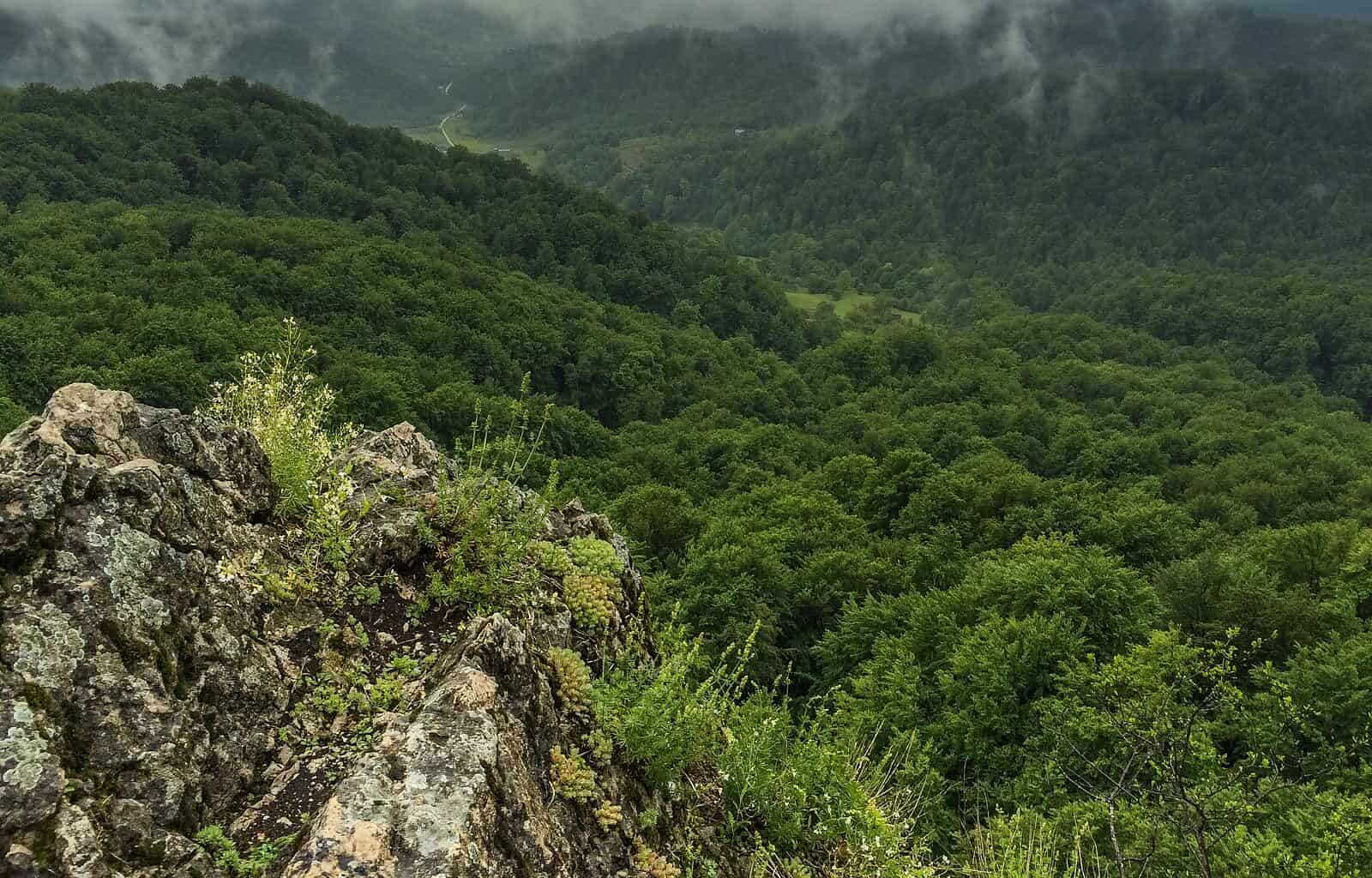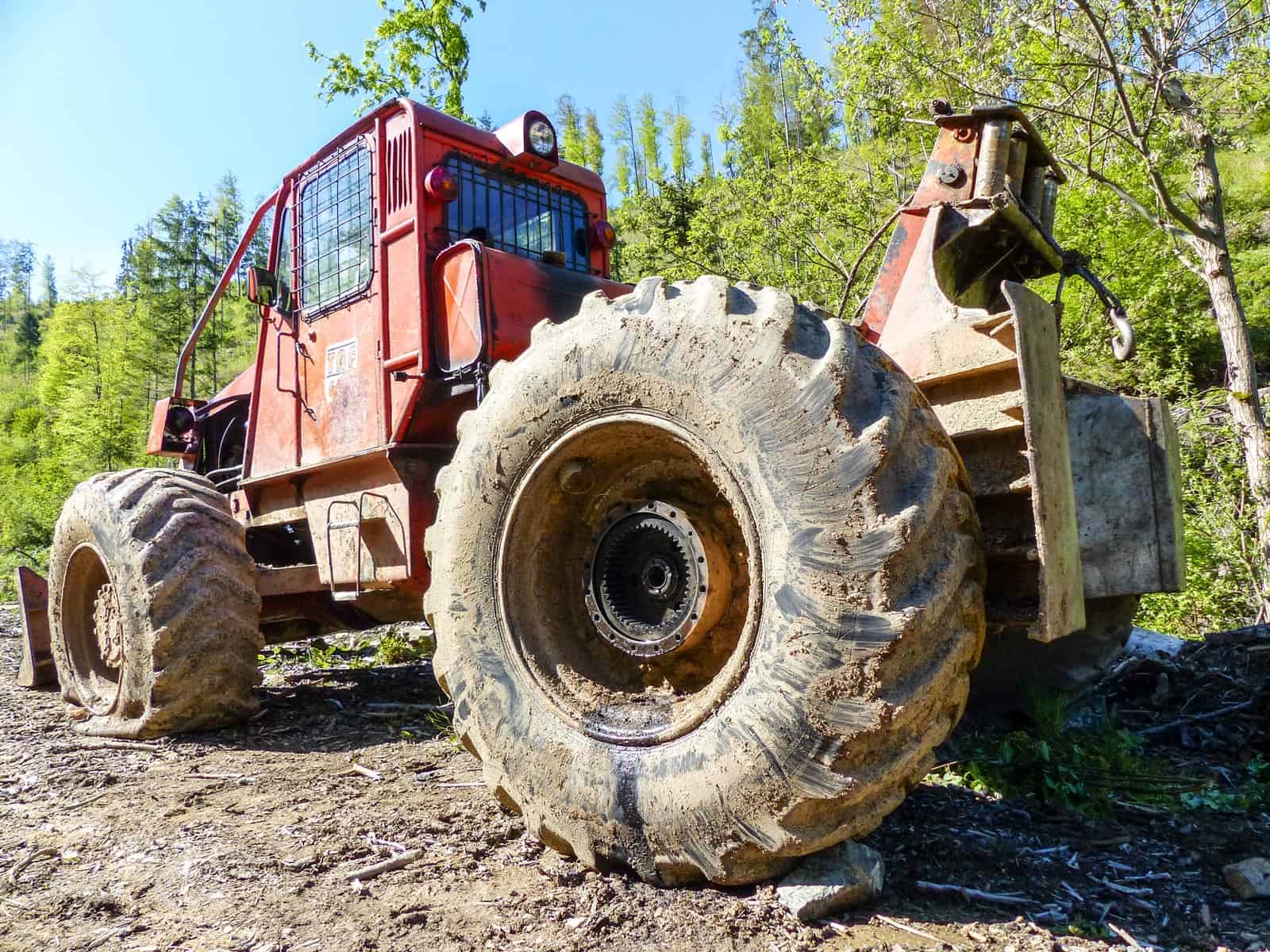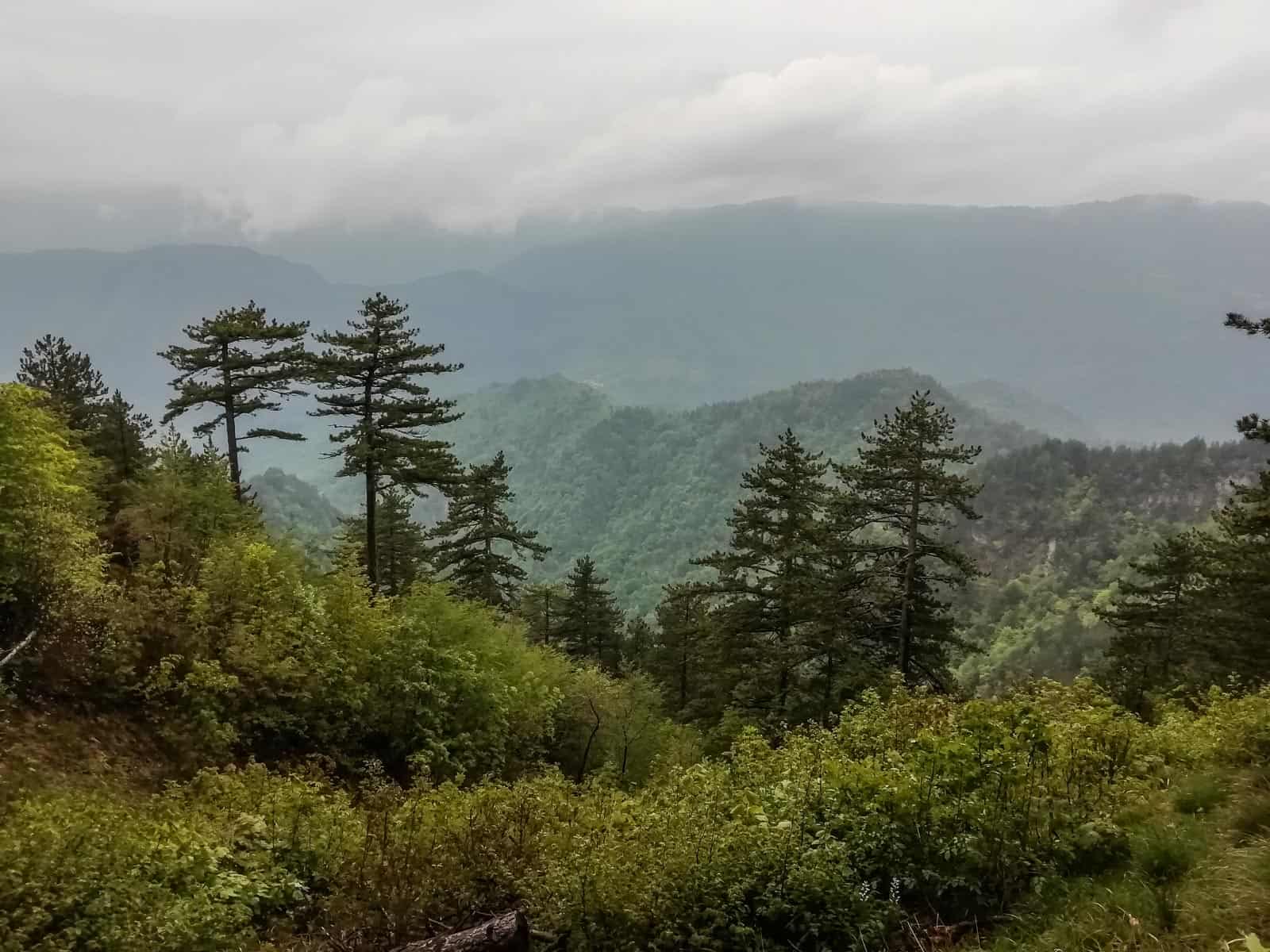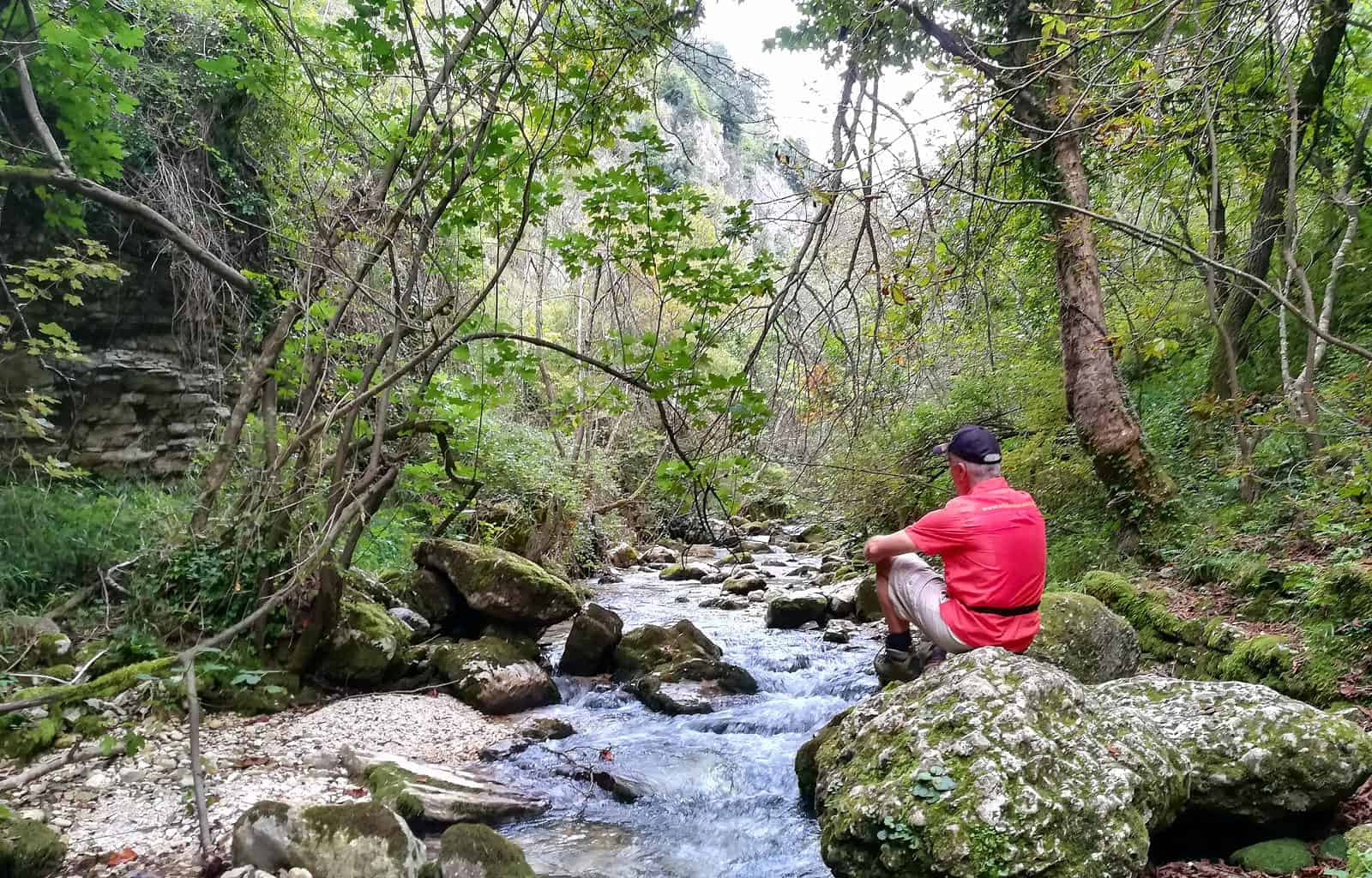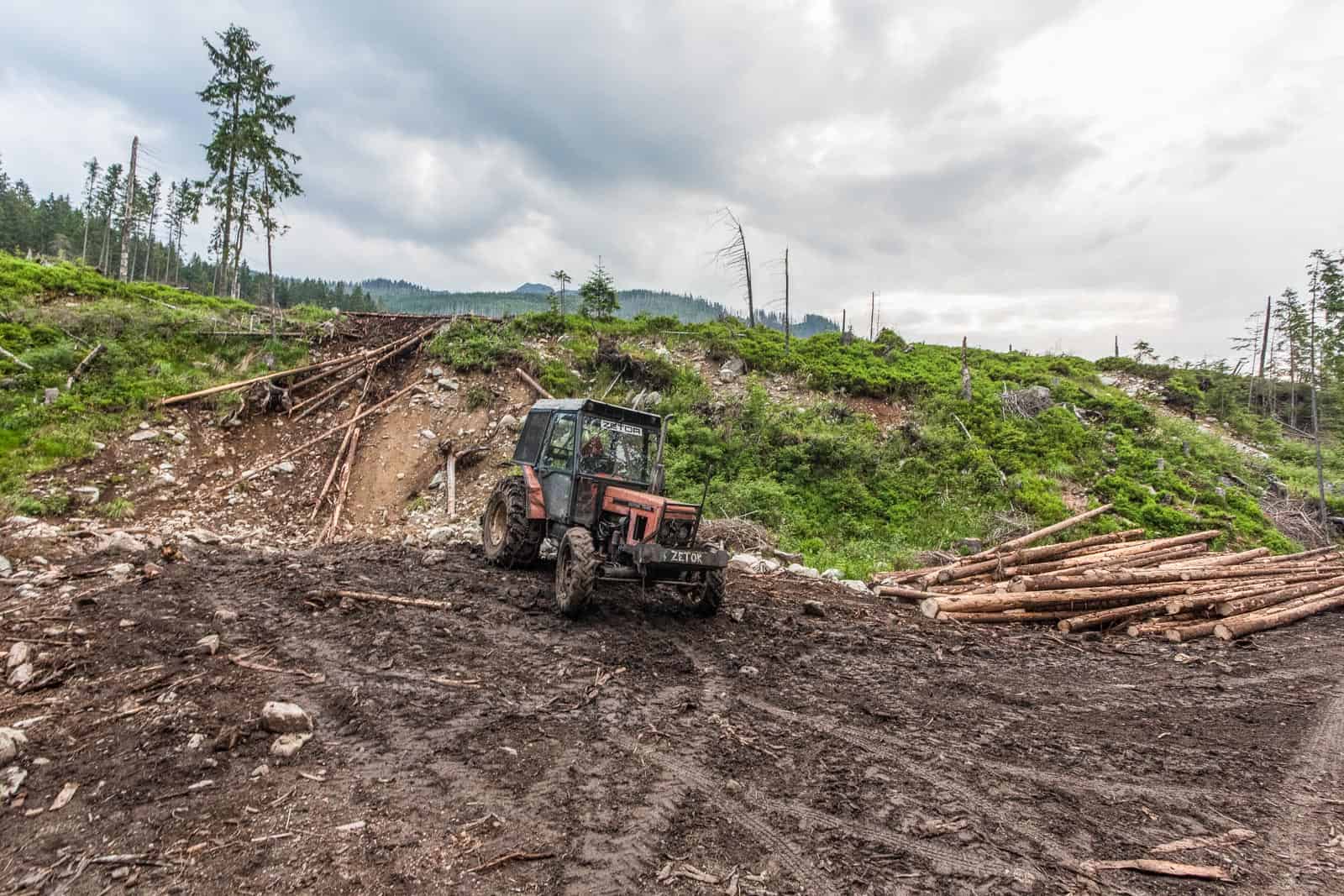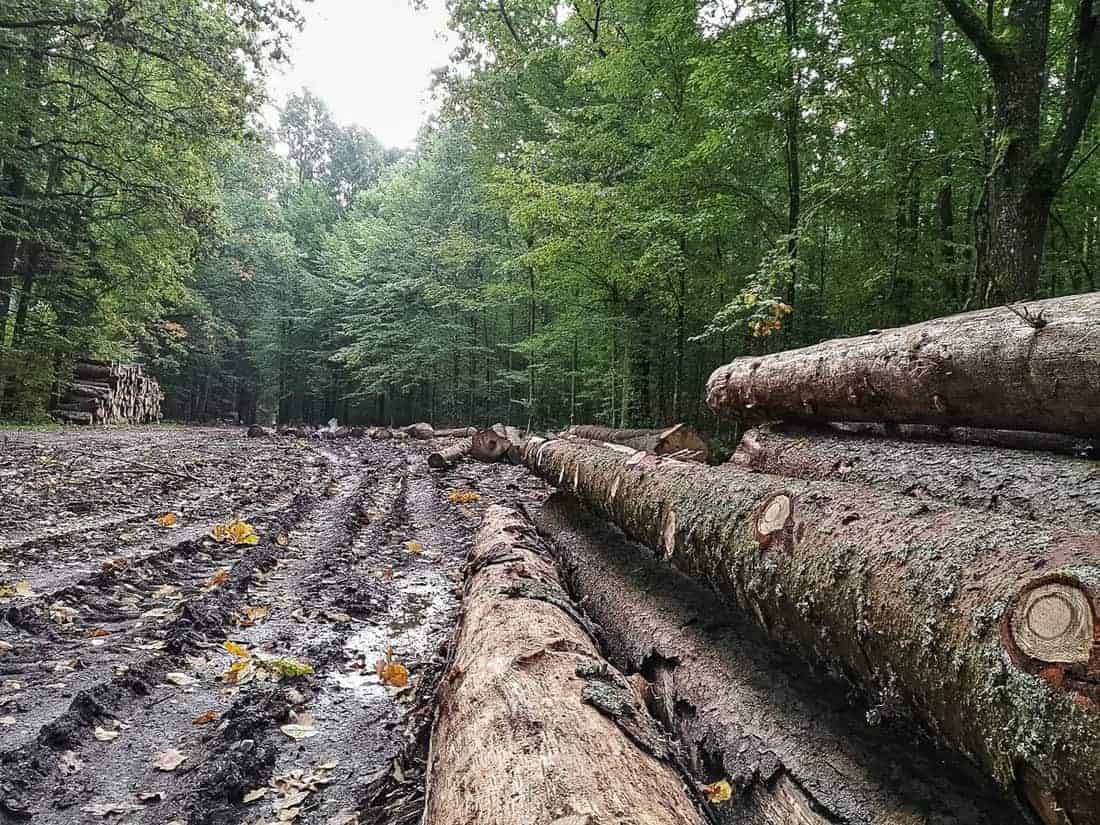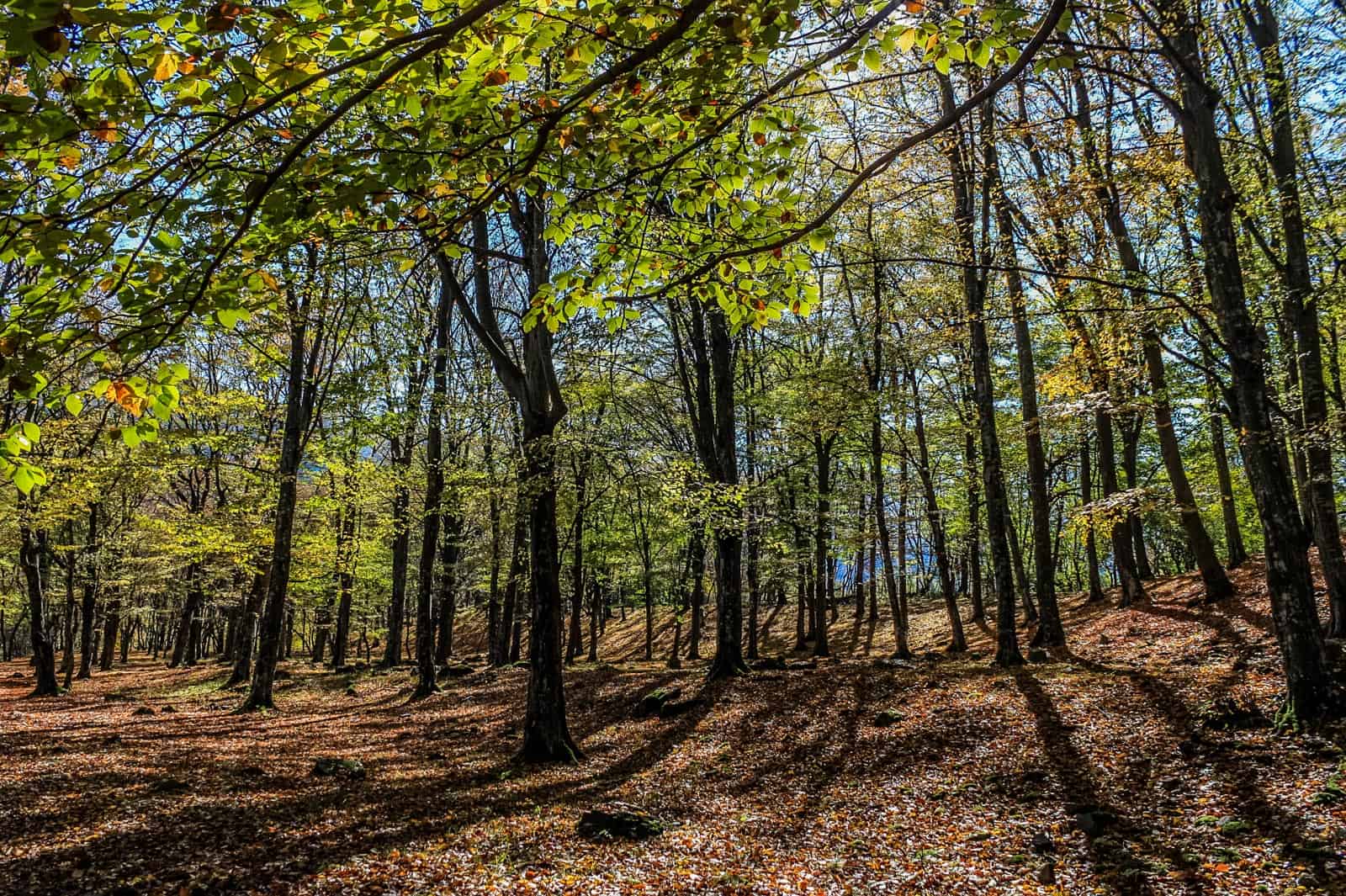Ukrainian Old-Growth Forest Granted Highest Protection-Level
In the Trans-Carpathian and Ivano-Frankivsk regions of Ukraine, 37 new natural monuments, covering 4750 hectares, were recently set up to help protect old-growth forests, consequently giving these forests the highest conservation and protection status that can be afforded to them in Ukraine. The WWF began the process of national monument designation in 2019 for these tracts of forest in the Trans-Carpathian and Ivano-Frankivsk regions. As a result of their natural monument designation, it enhances the protection of the ancient forests’ ecological integrity and value.
Please also read: Letting the Forests Grow Old Again
What does this new status mean?
In 2017, the Ukrainian Government signed the category of forest natural monuments into law. Most importantly, this law fits within the framework of the Carpathian Convention, and prevents the use of designated areas for all types of logging, construction of roads, grazing, transportation and any other human activity that could harm the forest ecosystem. This effectively ensures the protection of these forests at the level of nature reserves and strictly protected national park zones. In Lviv, authorities had already granted natural monument status to forest areas, banning logging and economic activity on such sites.
Unique Ancient Systems
The old-growth forests in the Trans-Carpathian and Ivano-Frankivsk Regions are amongst the oldest terrestrial ecosystems in Europe. Their scale in Ukraine makes these particular forests a priority for protection. As one of the oldest surviving ecosystems in Europe, present forests resemble their antecedent condition, free from human intervention. The European Wilderness Society has recognised the importance of these protected areas. For instance, this has already been achieved through its designation of Wilderness areas in the Ukrainian region, with specific WILDForest areas embedded within wider Wilderness areas, such as in the Uholka-Shyrokyy Luh and Zacharovanyy Kray Wilderness areas in the Carpathian region. Natural monument designations will strengthen the status of Wilderness areas in Europe, by making non-intervention the law in these areas.
Primary and old-growth forests have huge value for biodiversity, for carbon and climate mitigation, for flood resilience and other ecological values—and they’re important as part of Europe’s historical legacy just like their ancient cities and cathedrals.

Combatting Contemporary Challenges
By protecting these areas, they help preserve vital ecosystems services and ecosystems functions. Aptly named the ‘Green Heart of Europe’ by WWF, the recently designated protected areas in Ukraine help play a role in combatting climate change and facilitate ecological adaptation and evolution. According to the WWF, old-growth forests are home to a diverse community of living organisms, accounting for 9 out of 10 land flora and fauna species in the world, providing an extensive habitat to large carnivores such as the wolf, lynx and brown bear, as well as plants, fungi and insects. Together, these are all crucial to the sound functioning of the whole ecosystem and in providing ecosystem services.
The forests help filter freshwater, generate oxygen and act as carbon sinks, meaning they are key in combatting climate change. As the Carpathians is home to 500 endemic vascular plants, having these old-growth forests designated as natural monuments will help such plants adapt to future changes in the climate, by offering areas still free from human intervention, into which plants can migrate into.
The European Wilderness Society’s Role
The European Wilderness Society plays an active part in the Ukrainian Carpathian region. It has multiple projects taking place in the region, including both the ‘Ranger Training On Tourism and Waste Management in Protected Areas’ and the Clean Up Synevyr National Nature Park Project, which is supported by the European Outdoor Conservation Association. Above all, these projects focus on the Carpathians, with an emphasis on preventing unintended consequences that affect these protected areas.
Supporting the Forests
Firstly, the Clean Up Project targets the National Nature Park Synevyr. Making up a part of the European Wilderness Network, the park contains large contiguous old-growth broadleaf and conifer forests. Its natural beauty means it attracts 200,000 visitors annually. However, this also means waste build-up is now posing a threat to the ecosystem. Most importantly, this project aims to work with the park staff, local authorities, communities and visitors to introduce an effective waste management system to help clean up the area and make sure old-growth forests are not adversely affected so they can continue to thrive into the future.
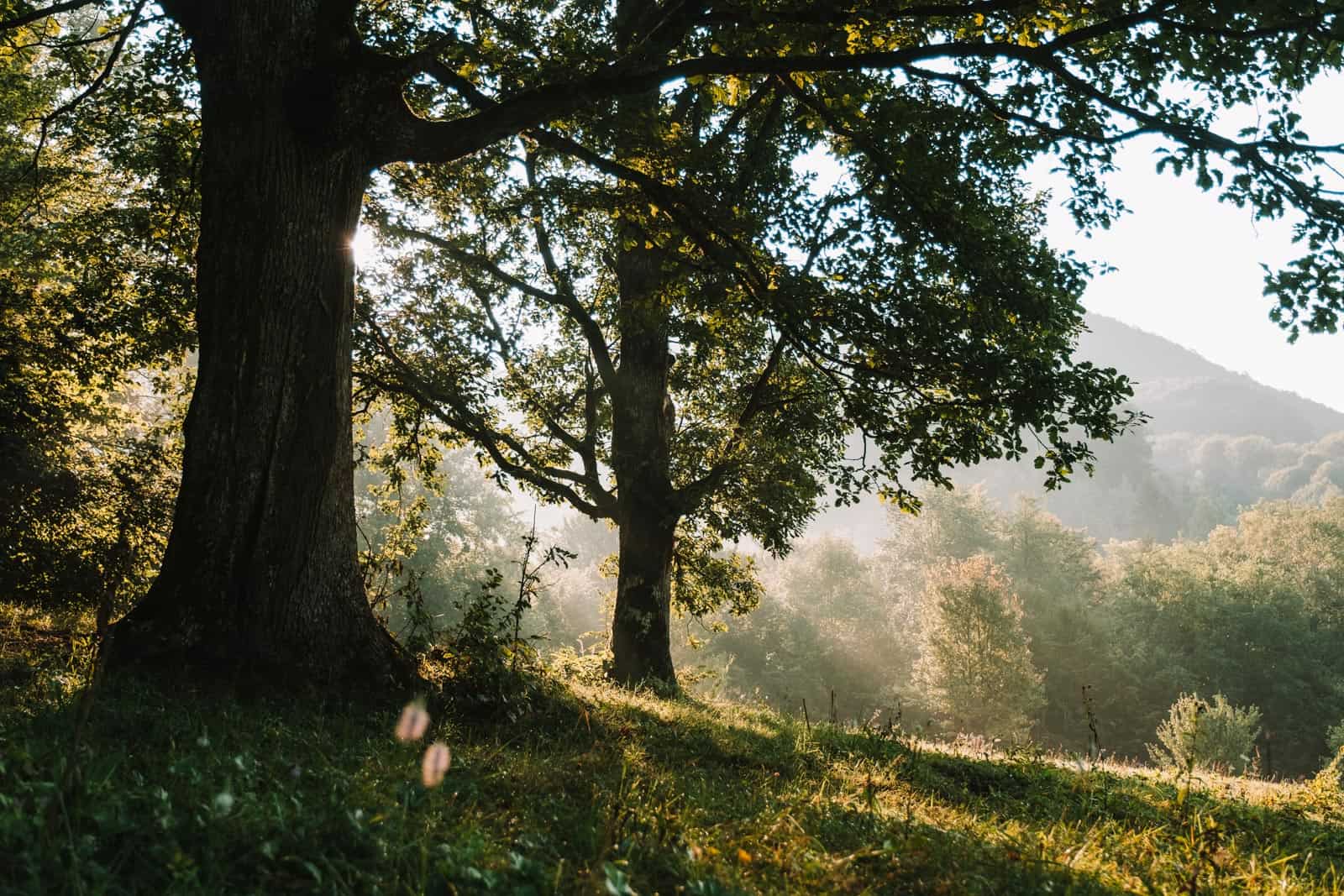
Secondly, the aims of the ranger training scheme are also similar. The scheme aims to train up rangers to responsibly steward the area and mitigate the impact from external influences. Moreover, park rangers will thus play a crucial role in informing visitors, managing infrastructure and enforcing rules, meaning it is crucial they receive the appropriate training to effectively protect these old-growth forests from illegal activities. A key part of all this are the Respect Nature guidelines, which the European Wilderness Society helped develop. They set out advice regarding appropriate behaviour in natural areas. The European Wilderness Society will help train rangers, with the the rangers then passing this valuable knowledge onto visitors.
These schemes, in place prior to the designation of old-growth forests in the Trans-Carpathian and Ivano-Frankivsk regions as natural monuments, will contribute to the maintenance of old-growth forests and preserve their ecological value into the future.
Protected for the Future
These primeval forests have grown and adapted to environmental change independently. They provide a diverse environment, helping to inspire and teach future generations. This is why their designation as natural monuments is significant, helping to remove any unwanted negative human influence. Meanwhile, WWF is currently in the process of affording remaining old-growth forest areas national monument status in the near future. In short, this will help strengthen the overall protection of this ancient ecosystem.

